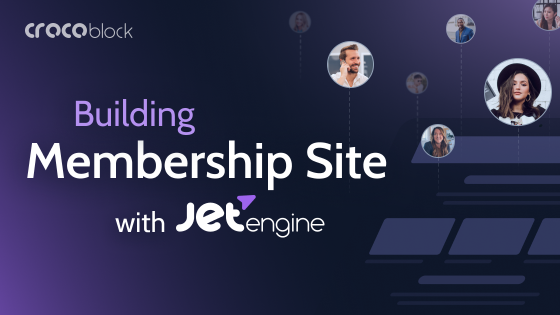Congratulations — you have your own online marketplace! That’s a major step toward running a potentially lucrative business.
But building the platform is only part of the equation. Now, it’s time to figure out how to monetize it.
There are several ways to do this, depending heavily on the business model you’ve chosen. For example, if your marketplace is for selling decorations for birthday parties, you could add partner ads or offer premium listings for sellers, allowing them to promote their products in exchange for a commission.
Don’t worry — I’ll walk you through eight proven monetization strategies you can adopt for your online marketplace. Let’s dive in.
Commissions
Using commissions as a revenue model is commonplace, not just for online marketplaces but for many business models in general.
Here, the marketplace — which is you — earns a commission by offering value as a middleman.
The commission you make from each transaction can range from 1% to above 50%. For this revenue model, however, the amount typically depends on the value you offer to users and the price at which the item is sold.
This revenue model is arguably the most uncomplicated strategy to make money off your marketplace. However, it will be challenging to establish a fixed fee for all products. To make the most of this model, you must be dynamic. You can create a fee structure that accommodates the different needs of providers in your marketplace.
For instance, Shutterstock, a digital photo marketplace, offers contributors 15% to 40% of the revenue from every licensed photo. That means their commission take rate is anything between 60% and 85%. Although, to be fair, they only take up to 40% when users sell more than 25,000 photos.
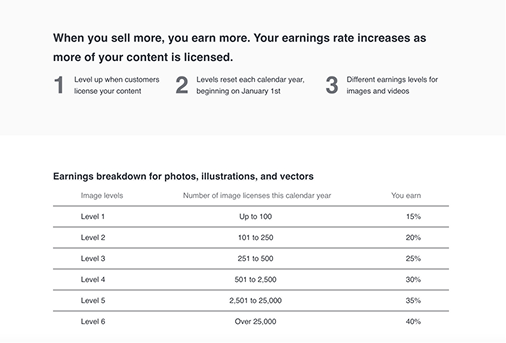
Shutterstock takes a high commission because of the value it offers contributors. Since there are practically no additional costs accrued to the seller (like listing fees) to make a sale, any further sale is a win.
Thus, you can say that Shutterstock’s revenue model depends on the cost of providing a win-win service to its users. In this case, if there are no downloads, then there’ll be no earnings.
From the viewpoint of a seller or supplier, the commission monetization model is a win-win value proposition since they only pay when they make a sale. However, as an online marketplace owner, you should only leverage this model when users exchange money directly on your platform.
Preferably, stick to this model if your marketplace users sell digital products, such as photos, or simpler products like handmade goods.
Fees for Selling
Another common monetization technique for online markets is collecting selling fees. Each transaction gives you a tiny share of the money, much like the commission model. However, the only difference is that you earn a portion of the sale before paying the vendor.
Poshmark has a simple selling fee structure. They charge a flat fee of $2.95 for orders under $15, and a 20% commission on orders over $15. While this strategy doesn’t earn you much in the early stages, it accumulates and becomes a passive income stream when your website begins to sell a high quantity of items regularly.
Premium Listings Fees
Another effective strategy to monetize your marketplace is to charge sellers for premium listings. Users pay a listing fee to feature their products more prominently on platforms like Etsy, Binance P2P, and eBay, allowing them to attract more attention and potentially conduct deals independently.
Compared to standard listings, premium listings are given priority placement, such as:
- at the top of your homepage;
- in a highlighted or relevant category;
- in a dedicated advertising panel.
This strategic placement increases visibility and makes premium listings more attractive to potential buyers.
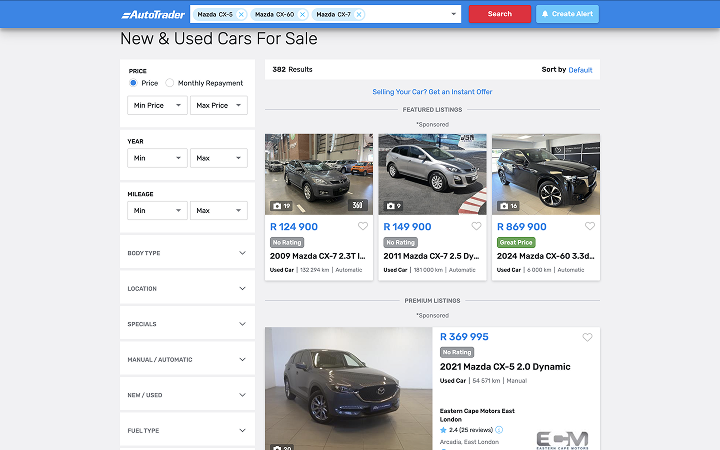
There are several ways to enhance the appeal of premium listings:
- If your marketplace allows free listings, you can offer promoted listing options to help users sell faster.
- If your platform requires a paid account to list items, you can still add value by offering promotions, highlighting product USPs, including more photos, crafting professional copy, or offering limited free middleman services.
Fees for Membership
This is a more complex monetization strategy, as it raises the question: who should you charge — vendors or customers?
There’s also the challenge of convincing users to sign up and pay for access. To use this model effectively, you must determine who benefits more from your marketplace — where does the demand lie?
- If your marketplace attracts more vendors than buyers, charging vendors might generate more revenue.
- If buyers are the majority, consider a freemium membership for customers, with optional upgrades.
However, whichever group you decide to charge, they’ll expect more than just basic features. If you’re charging vendors, consider offering:
- a one-time joining fee;
- a monthly/bi-annual subscription.
You can also offer discounts or trial periods to attract new vendors. Some perks for vendor memberships may include:
- advanced analytics and performance dashboards;
- branding and customization tools;
- product management features;
- seasonal promotion options;
- automated e-receipts and invoicing.
If you’re using a freemium model for customers, ensure that basic access is free but limit premium features, such as:
- viewing premium listings;
- access to advanced search filters;
- ad-free browsing;
- early access to deals or exclusive products.
In some cases, especially when both sides (vendors and customers) have high demand, you can charge both, like Shutterstock does.
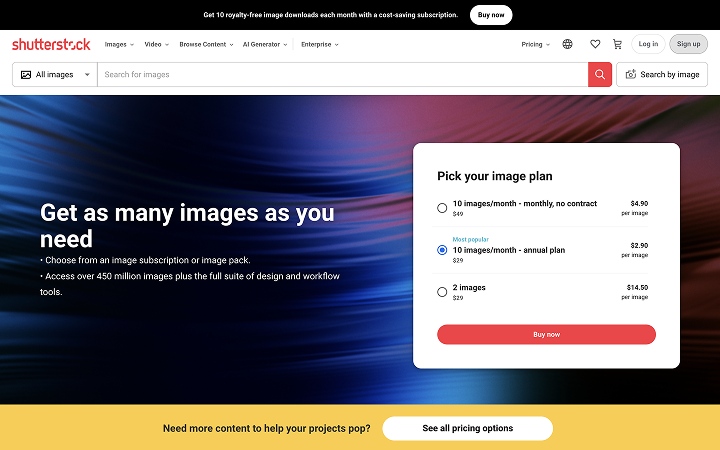
But proceed carefully. Charging both sides at the beginning can discourage early adoption. Focus on building value and offering compelling incentives for whichever group you monetize first.
Advertising
Marketplace advertising is similar to premium listings but differs in its purpose and format. In this model, vendors or third-party companies that offer relevant products or services pay to display ads prominently on your marketplace.
Take Jumia, for example — the platform runs ads for popular brands directly on its website.
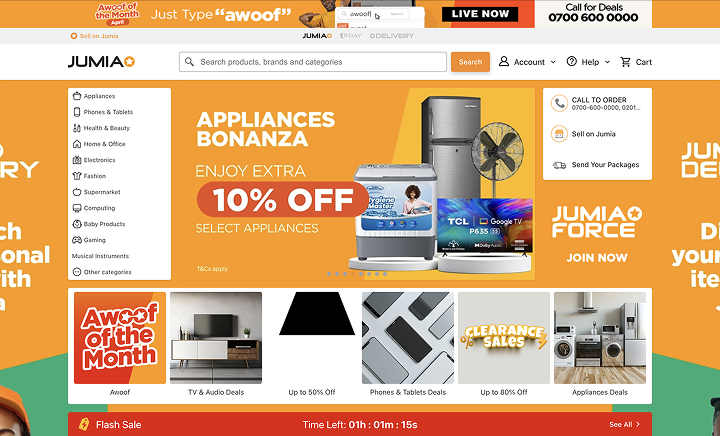
These ads often appear above the fold and are designed using banners, visuals, text, or a combination of all to capture users’ attention. However, overloading your platform with ads can negatively impact the user experience. To avoid this, place advertisements strategically in high-visibility areas without overwhelming the site design.
This monetization strategy is most effective when your marketplace already receives a significant amount of traffic. Without high user volume, ad visibility and engagement will be low.
Additionally, you can offer ad placements for your own brand on vendors’ or third-party websites. This creates a mutually beneficial partnership. If you’re unsure how to design professional-looking ads, consider using tools like online posters or banner makers to get started.
Fees for Lead Generation
The lead generation model is less common but very effective for specific types of marketplaces, particularly B2C platforms where users finalize deals outside the platform.
Unlike commission-based models (where transactions happen on-site), this model allows you to charge users for access to valuable information, such as detailed listings, contacts, or service provider profiles.
This monetization model works best for intangible services such as:
- recruitment and job platforms;
- dating sites;
- freelance marketplaces;
- real estate services;
- handyman or contractor marketplaces.
You can create forms that allow users to, for example, receive coupons and submit their data. If you’re using WordPress to build your marketplace, plugins like JetFormBuilder can help you create such forms.
For example, Virtual Vocations, a remote job marketplace, charges job seekers a monthly or bi-annual subscription fee to access full job listings.
Their model is subscription-based, allowing users unlimited access to leads while subscribed — a more attractive option than charging per lead.

In contrast, Rynek Pierwotny, a Polish real estate marketplace, charges real estate developers per qualified lead they receive. This performance-based model ensures that advertisers only pay when there is a measurable result.
To succeed with this strategy:
- identify which side of your marketplace values the leads more (buyers vs. sellers);
- design your fee structure based on the quality of leads and their conversion potential.
This model lacks the “passive income” element seen in other strategies, such as commissions or subscriptions, because transactions occur off-platform. It’s best suited for users seeking new business or connections, rather than those needing ongoing engagement.
Value-Added Services
Value-added services are additional features or tools that go beyond basic marketplace functionality. These services improve the user experience and help vendors or customers get more value from the platform, making them willing to pay extra.
With this monetization model, you don’t rely solely on transactions or subscriptions. Instead, you offer optional, premium tools that improve performance or outcomes, especially for power users.
Examples of value-added services:
- advanced analytics dashboards (e.g., sales trends, customer behavior);
- priority customer support or dedicated account managers;
- inventory management tools;
- marketing tools, such as social media integrations or email campaign builders;
- product enhancement options (e.g., professional photo editing, copywriting for listings);
- API access for developers and large vendors.
For instance, Amazon provides sellers with access to Fulfillment by Amazon (FBA), a paid logistics service where Amazon handles shipping, customer service, and returns. This convenience is a value-added service that helps vendors scale faster.
Education and Certification
If your marketplace operates in a niche where skills or knowledge are crucial (like freelancing, coaching, wellness, or technical services), the education and certification model can be a powerful revenue stream.
This strategy involves selling online courses, tutorials, webinars, certifications, or coaching programs to users who want to become better providers or more informed buyers.
You can monetize in multiple ways:
- charge users to take a course or webinar;
- offer a certification exam with a fee;
- create a membership tier that includes access to exclusive learning content
- sell bundled learning + listing packages (e.g., pass the course, get verified, and promoted).
This model builds trust on your platform. Verified and certified providers look more credible, and buyers feel more confident choosing them.
FAQ
For new marketplaces, commission-based models or premium listings are often ideal because they allow you to start earning without upfront costs for users. These models are performance-based, so users only pay when they gain value, making it easier to onboard early adopters.
Absolutely. In fact, hybrid monetization is a common approach. For example, you can combine commissions with value-added services or offer both free and premium memberships. Just ensure each revenue stream adds value and doesn’t overwhelm your users.
It depends on where the demand and value concentration lie. If your marketplace attracts many vendors, it may be profitable to charge them. If buyers benefit more (e.g., exclusive deals, a better experience), consider a buyer-focused monetization model, such as a membership or certification.
Final Thoughts
When selecting the right monetization approach, it’s important to proceed carefully, as it plays a critical role in generating revenue on your platform. Start by analyzing your market and competitors, then develop a sustainable and scalable monetization plan based on the strategies outlined in this article.
In summary, it’s wise to begin with a single monetization strategy and make it your initial focus. As your marketplace grows, you can gradually combine different tactics to discover which revenue models work best for your specific needs.



